The 1970s were a time of cultural revolution, groovy fashion, and some unusual everyday items that were perfectly acceptable back then but have since been banned. From the colorful and bizarre to the downright hazardous, the products and practices of that decade offer a fascinating glimpse into a different world.
It’s remarkable how societal norms and safety standards have evolved, leaving some relics of the past firmly in the history books. As we explore these 12 intriguing objects from the 1970s, let’s appreciate the progress we’ve made while reminiscing about an era that truly had its own unique style. Ready for a nostalgic trip? Here are 12 things you probably didn’t know were once completely normal.
1. Leaded Gasoline

In the 1970s, leaded gasoline was the norm. This type of fuel contained tetraethyl lead, an additive used to boost octane levels. It was widely available and used in nearly every vehicle, from family sedans to muscle cars.
However, the environmental and health impacts of lead were not fully understood at the time. As research progressed, the dangers of airborne lead became apparent.
By the 1980s, regulations began phasing it out. Today, leaded gasoline is banned in most countries, a relic of the past that highlights changing environmental priorities.
2. Roller Disco Parties

Roller disco parties captured the spirit of the 1970s. These events combined roller skating with disco music, creating a lively atmosphere full of energy and fun. Participants donned flashy clothes and grooved to the latest disco hits while skating.
Such gatherings were once popular in community centers and roller rinks across the country.
Despite their appeal, the trend waned in the 1980s. Today, roller discos are rare, with most skating rinks focusing on more traditional skating activities. This craze is remembered fondly but remains largely a thing of the past.
3. Smoking in Airplanes
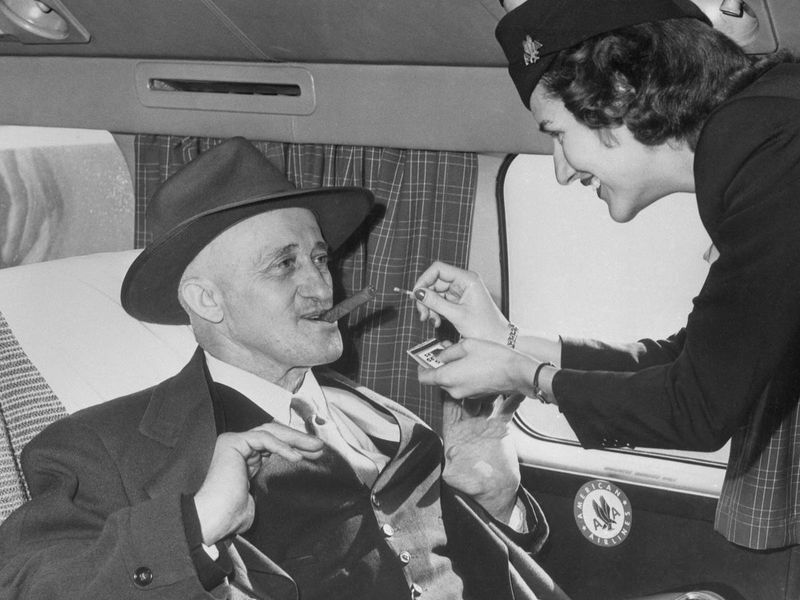
In the 1970s, airplane cabins were filled with cigarette smoke. Smoking was allowed in designated sections, and ashtrays were standard features on armrests.
The concept of smoke-free flights was unheard of, as smoking was a commonplace activity.
With growing awareness of secondhand smoke’s health risks, airlines began phasing out smoking in the late 1980s. Today, no smoking is enforced on all commercial aircraft, a change that has improved flight experiences and ensured cleaner air for all passengers.
4. Clackers
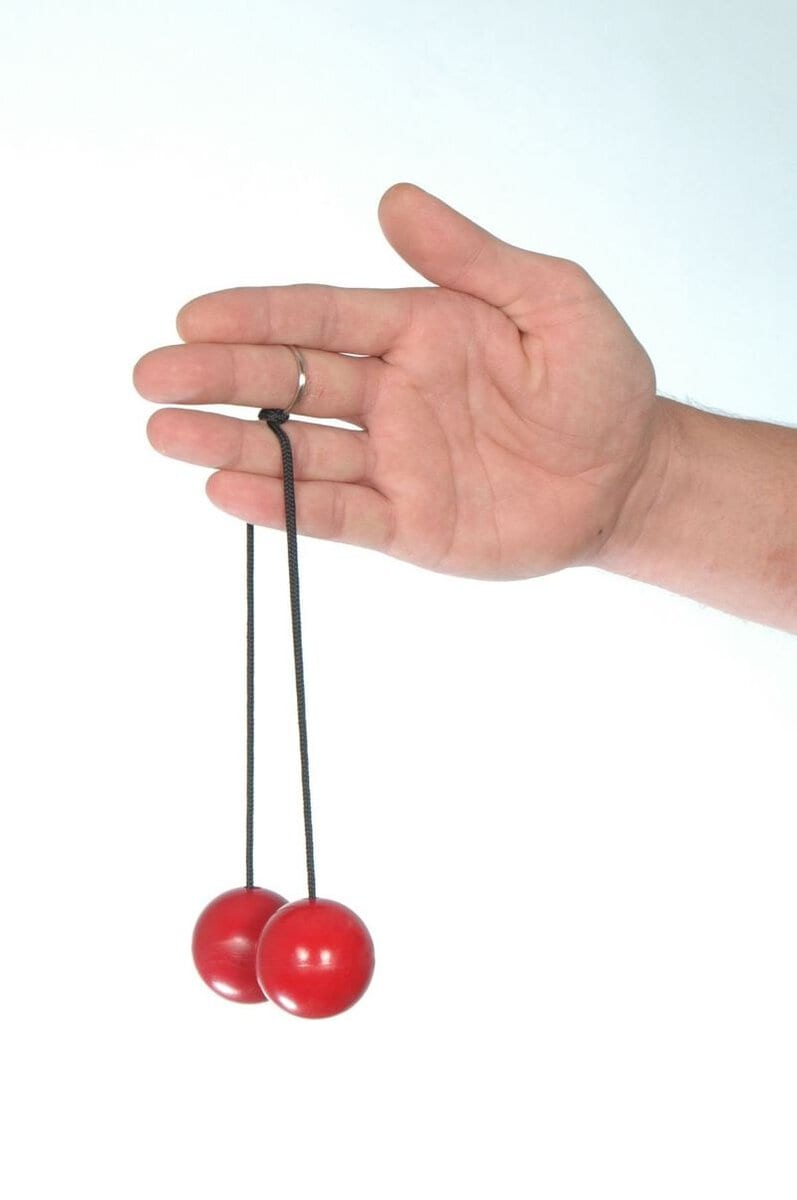
Clackers were a popular toy in the 1970s, consisting of two acrylic balls attached to a string. The goal was to swing them together, making them “clack” against each other.
While they provided endless entertainment, clackers were notorious for causing injuries.
Reports of shattered balls and damaged eyes led to safety concerns and eventual bans. Despite their short-lived popularity, clackers are remembered as a symbol of a more carefree era, where toy safety standards were not as stringent as they are today.
5. Trampolines Without Nets

Backyard trampolines in the 1970s often lacked safety nets. Children would jump fearlessly, performing tricks and flips without the safety measures we see today.
While this offered a sense of freedom, it also led to numerous accidents.
As awareness of trampoline-related injuries grew, safety standards improved. Nets and padding became mandatory, transforming the experience from a risky adventure to a safer activity. Today’s trampolines are a far cry from their 1970s counterparts, emphasizing safety above all else.
6. Lawn Darts

Lawn darts, or “jarts,” were a common outdoor game in the 1970s. Players would throw darts with weighted metal tips towards a target on the ground.
The game was entertaining but inherently risky, as the heavy darts posed a serious injury threat.
After numerous accidents, including fatalities, lawn darts were banned in many countries. Modern versions now use safer materials, reflecting a shift towards prioritizing player safety and reducing potential hazards in recreational games.
7. Asbestos Insulation

Asbestos was widely used as insulation in the 1970s for its fire-resistant properties. It was found in homes, schools, and commercial buildings, providing efficient temperature control.
However, the health risks associated with asbestos fibers became apparent, leading to diseases like mesothelioma.
By the end of the 1970s, regulatory actions began limiting its use. Today, asbestos is banned or strictly regulated in many places, reflecting a commitment to occupational health and safety.
8. Pentachlorophenol Wood Preservative
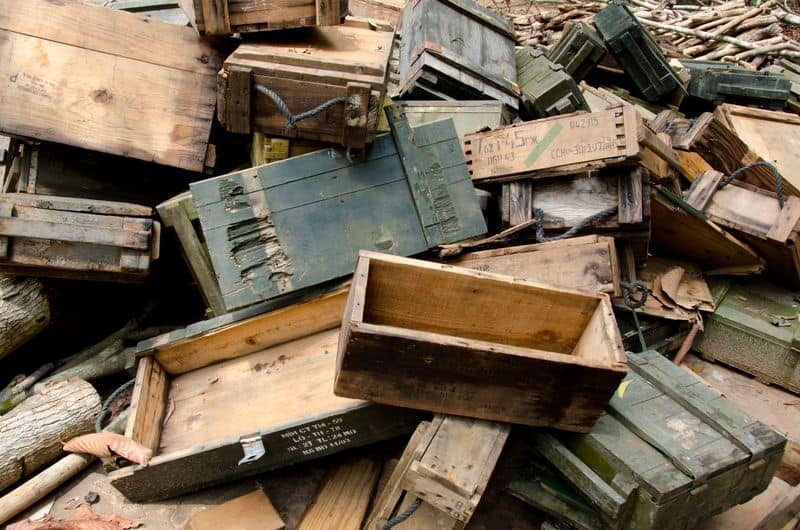
Pentachlorophenol, or PCP, was a common wood preservative used in the 1970s. It protected wood from fungal decay and insect damage, extending the life of outdoor structures.
However, its toxicity posed significant health risks to both humans and the environment.
As understanding of its dangers grew, restrictions were implemented. Today, safer alternatives are used, ensuring that wood preservation does not come at the cost of health or ecological well-being.
9. High-Phosphate Detergents
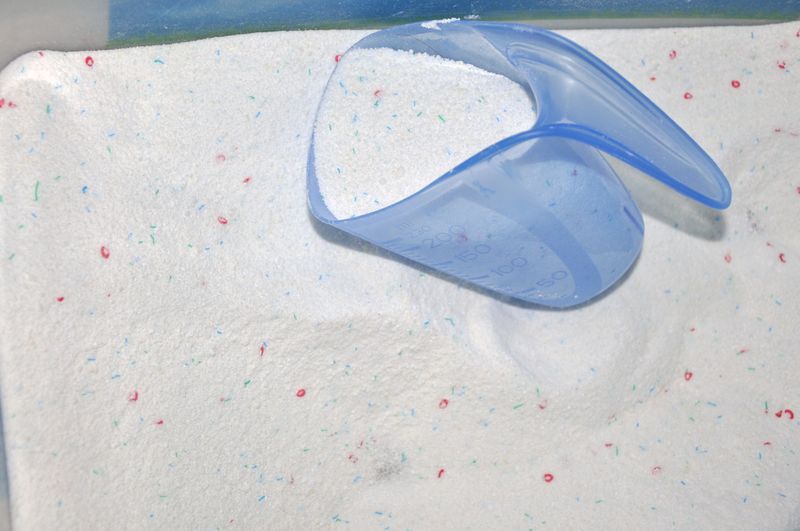
High-phosphate detergents were popular in the 1970s for their effective cleaning power. They removed stains and brightened clothes with ease.
However, the phosphates contributed to water pollution, causing algal blooms that disrupted aquatic ecosystems.
Environmental awareness led to the development of low-phosphate and phosphate-free alternatives. Today, these products are standard, reflecting a broader commitment to environmental protection and sustainable living practices.
10. CFC Aerosol Sprays
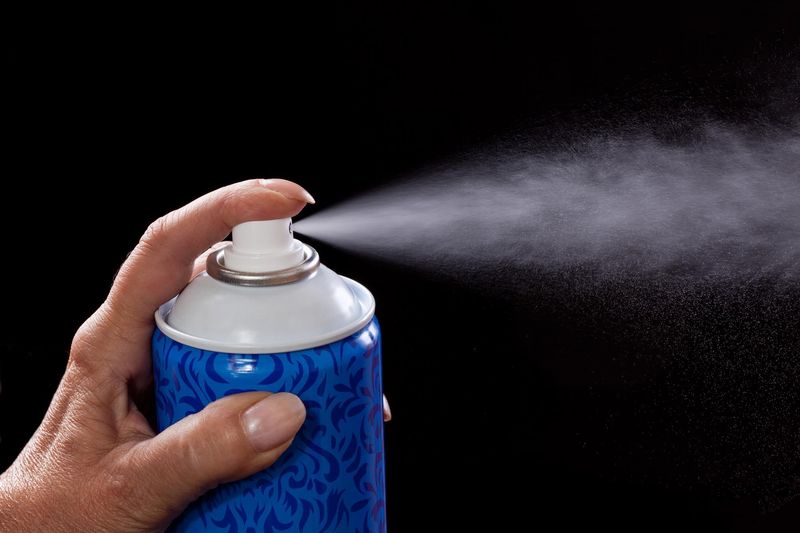
Chlorofluorocarbons, or CFCs, were widely used in aerosol sprays during the 1970s. They provided a convenient way to dispense products like hairspray and deodorant.
However, CFCs were found to deplete the ozone layer, contributing to global environmental issues.
International agreements phased out their use, leading to the adoption of safer propellants. Today, CFCs are banned in aerosol products, a testament to global efforts to protect the environment for future generations.
11. Unrestricted Advertising to Children
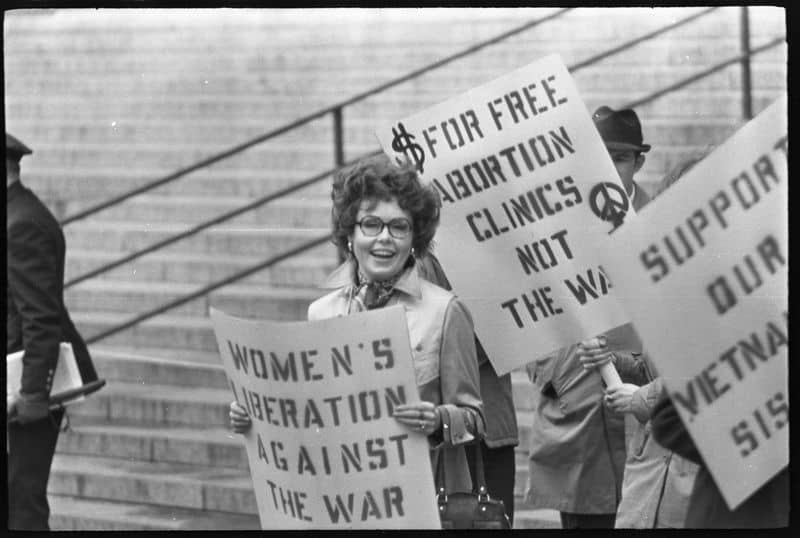
In the 1970s, advertising to children was largely unrestricted. Commercials targeted young audiences with flashy visuals and catchy jingles.
Sugary cereals and toys dominated the airwaves, influencing children’s preferences and spending habits.
Over time, concerns about the impact of advertising on child development and health led to stricter regulations. These changes reflect a growing recognition of the need to protect children from overly aggressive marketing strategies.
12. Incandescent Bulbs

Incandescent light bulbs were the standard in the 1970s, providing warm, comforting light. Nearly every home featured these bulbs, which were easy to replace and widely available.
However, their inefficiency became apparent, as they consumed more energy and had shorter lifespans compared to modern options.
The move towards energy efficiency saw the rise of LED and CFL bulbs. Today, incandescent bulbs are largely phased out, marking a significant shift towards more sustainable lighting solutions.

Well, hello there!
My name is Jennifer. Besides being an orthodontist, I am a mother to 3 playful boys. In this motherhood journey, I can say I will never know everything. That’s why I always strive to read a lot, and that’s why I started writing about all the smithereens I came across so that you can have everything in one place! Enjoy and stay positive; you’ve got this!

